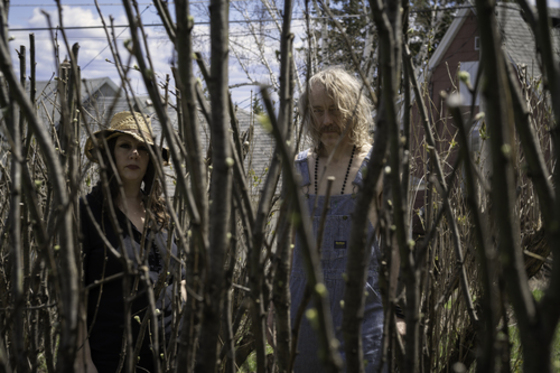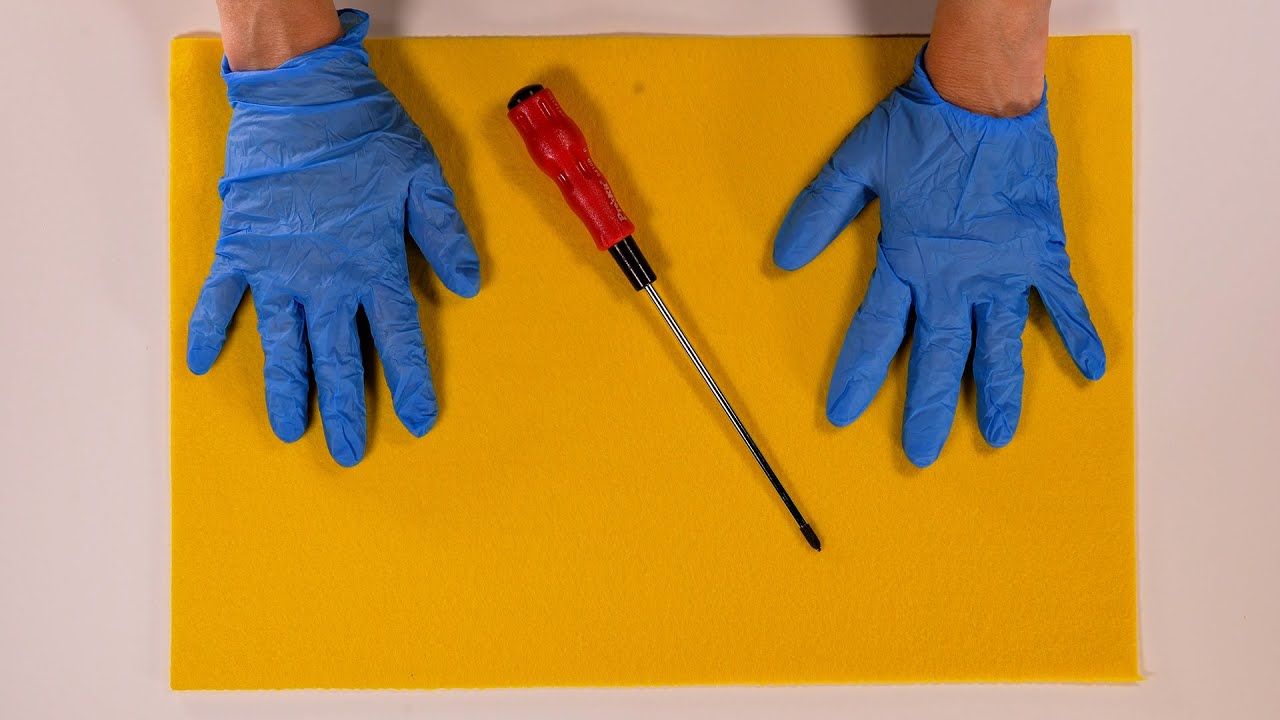‘Originally, [playing slow] was totally to annoy people,’ Alan Sparhawk of Low said in 1996, ‘but that changed pretty quickly and became a powerful connection live. Some of our favourite shows have been where people are literally throwing stuff at us. We’d rather get that than the same old apathetic indie reaction.’
The above quote – taken from Jeanette Leeche’s Fearless. The Making of Post-Rock – tells us everything you need to know about Low and their antithetical approach to their own music: they strive for a deep-rooted connection despite their antagonistic methods, and somehow it works. The band’s divisive previous album, Double Negative, challenged our perceptions of indie music and what it means to be in an ‘indie band’.
While some bands rely on the past for pertinence – the current crop of New Weird Britain, for instance, have clearly taken cues from Mark E. Smith’s spoken word tirades on the strangeness of ordinary life – Low are overtly anti-nostalgia, with their most recent work largely informed by trap music and contemporary R&B, traversing typical notions of indie, rock, folk and everything in between.
You could view this as a response to cultural trauma: these influences allowed them to enter the dialogue of American politics and 21st-century doom while also making them more relevant than ever. Trap music, particularly during the Trump era, was a popular cultural response to what was happening in the US. With its origins in Southern Hip-Hop, trap’s emphasis on nihilism, hedonism, pleasure and darkness documents both the trapping nature of forces beyond their control in the world of late-stage capitalism and the transcendent joy one can feel when you thrive in a world that is systematically not in your favour.
The rags to riches narrative is a facet of Hip-Hop culture, and Trump was revered by some rappers because he was the perfect reference point for capitalistic success. When trap entered the conversation by infiltrating the sound of mainstream American culture with a far more subversive perspective, it became the sound of resistance – from Childish Gambino’s ‘This Is America’, which discusses black culture and gun control, to Cardi B and Megan Thee Stallion’s call to arms on African American feminine sexuality. By adopting subtle stylistic elements of trap, Low were able to contribute to the dialogue without appropriating it.
This should come as no surprise given the band’s history working with producer BJ Burton (HEY WHAT is the third album produced by him). Burton’s oeuvre spans the contemporary pop sphere with his work with Bon Iver leading to collaborations with Kanye West, Charlie XCX and Chance the Rapper. By fusing hyper-pop with the dystopian vibes of slowcore, a new kind of minimal maximalist sound has emerged.
Double Negative was an assimilation of this new language of sound and texture. It was the musical equivalent of anxiety – the kind of anxiety you can’t put into words – about the state of politics and culture in the US. Previously, Low experimented with contemporary sounds via the music’s fractured glitches and barely-there vocals, in a way that sounded like the disintegration of music’s form, creating a new vocabulary for the kind of fear that is ineffable.
With HEY WHAT, however, they’ve managed to incorporate these textures and merge them with a very traditional American approach to songwriting. The result is a series of minimalistic, simple folk songs, amplified by distortions and myriad textures, which previously overwhelmed the songs, but now acts as another voice completely in their control, even during the moments of abject sonic chaos.
You can’t ignore the spiritual backbone of HEY WHAT. If Double Negative owed itself to DJ Screw and William Bansinski, HEY WHAT is the outcome of what you’d get if you put the Staple Sisters, Gavin Bryars and a fuzz pedal in a room together. The result is something akin to a postmodern gospel church service. Even the guitar – reminiscent of Steve Cropper of Stax Records’ deep Southern guitar twang – sounds like soul music.
HEY WHAT teaches us that re-evaluating traditional guitar formulas with a contemporary perspective is not only possible but the end result, although at times challenging, can sound truly transformative – futuristic but also familiar. Throughout, Alan Sparhawk’s harsh, distorted guitar moves in and out of focus, threatening full force at certain points, but never quite going there. These layers of distorted sound – colossal then restrained – linger in the distance, fading and emerging again like hazy memories. Elsewhere, the harmonic interplay between Alan Sparhawk and Mimi Parker’s vocals adds introspective warmth to the unsettling discord that’s happening around them.
Low’s thirteenth full-length finds the group focusing on imaginative new ways to express the joy and dissonance of being alive. It can be argued that anxiety is our natural state; to be completely calm in a world that is beyond our comprehension seems ludicrous. That being said, anyone familiar with the processes of cognitive behavioural therapy knows that we must learn to tolerate the anxiety, and in turn tolerate uncertainty. Double Negative allowed us to hear what was wrong, HEY WHAT is the sound of transcending pain while being comfortable with its presence.




